Ava was born with congenital nystagmus. She loves rugby and swimming. She’s full of life and lets nothing get in her way.
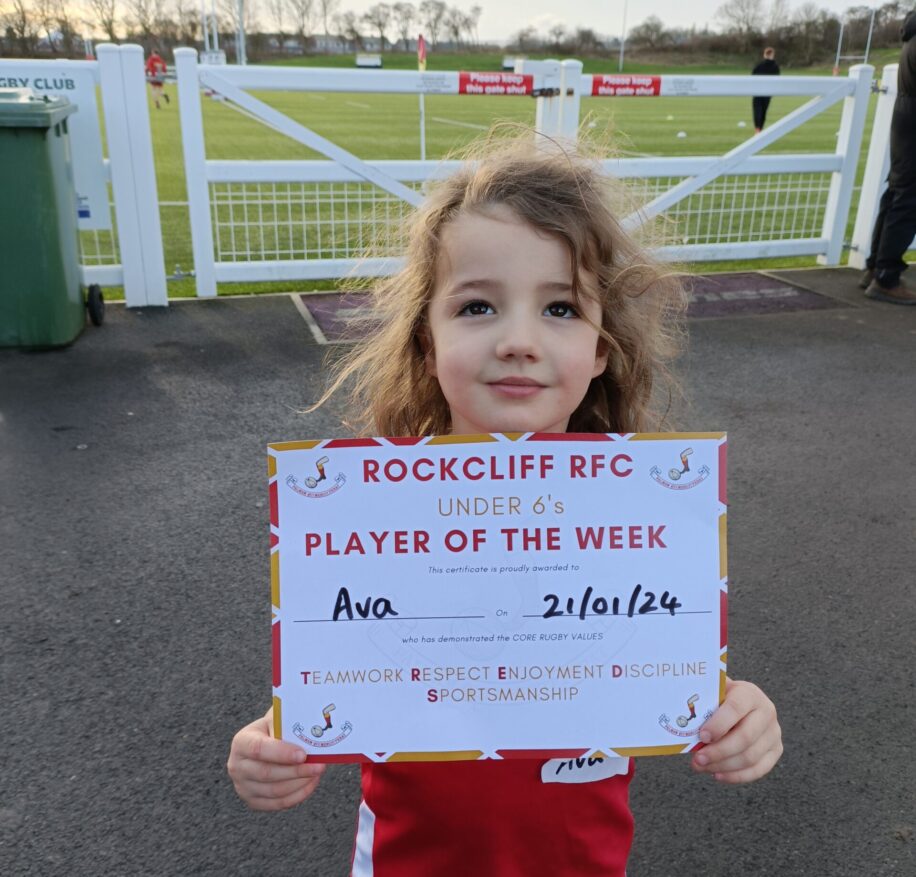

Ava was born with congenital nystagmus. She loves rugby and swimming. She’s full of life and lets nothing get in her way.
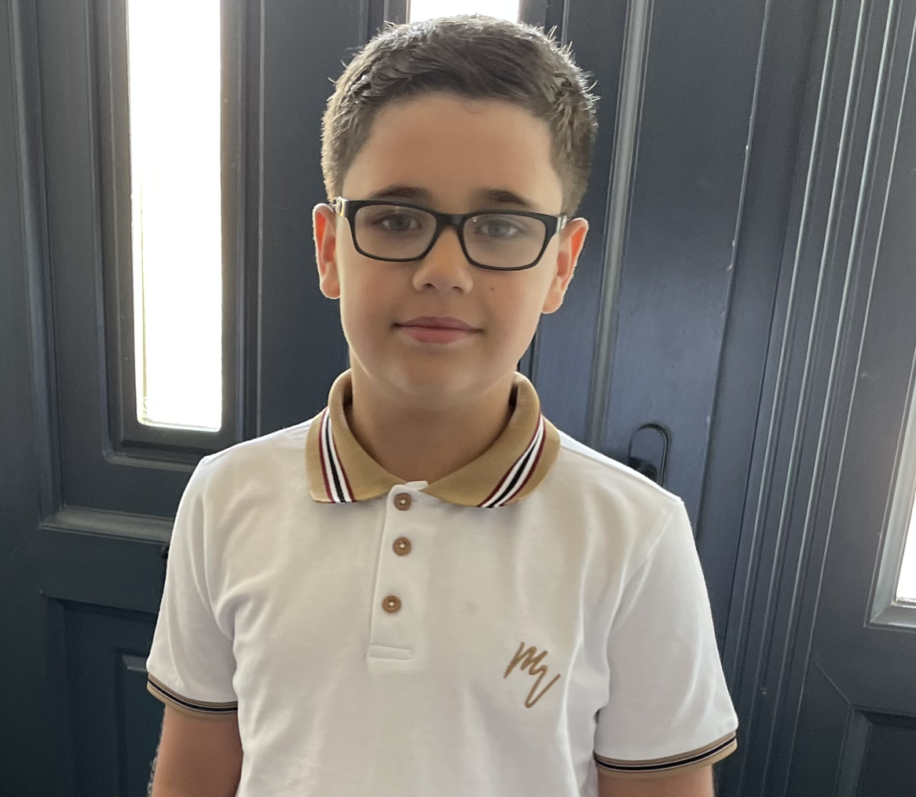
“Cohen was diagnosed with congenital nystagmus when he was around 6 months old. He is now almost 10 years old. Cohen’s cousin was diagnosed with nystagmus a year or so before him. This gave us much reassurance that Cohen will be ok. We’ve been so lucky. Cohen has had the same visual impairment teacher since nursery. She makes sure all the right settings are in place for him in school and helped him be entitled to extra help outside of school. I’m forever grateful for his VI teacher. He has a lovely group of friends in school and every school report is about him growing in confidence which is so nice to hear. He enjoys football, Xbox, swimming. He constantly makes us proud and never lets his visual impairment hold him back.”
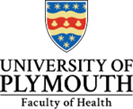
We are delighted to offer people who have nystagmus the opportunity to take part in an exciting new research study at the University of Plymouth, in collaboration with Cardiff University and jointly funded by the Nystagmus Network and Fight for Sight.
Anyone aged between 18 and 35, diagnosed with Infantile (Congenital) Nystagmus

Dr Mahesh Joshi

Dr Asma Zahidi
For more information, please contact: [email protected] or [email protected]
We will be paying your travel expenses to Plymouth up to £50.

Learning to live with nystagmus, finding our way in the world and developing independence creates a range of challenges as we move through the stages of life. Whether we’re talking about an everyday experience or the bigger and more stressful events we face, we all need a certain amount of resilience.
There’s a balance to strike between knowing when to seek or accept support and when to resist. Having someone help you may be the easy way, but we also need to hold on to our independence, develop self-confidence and learn new skills.
The dictionary describes resilience as “the capacity to recover quickly from difficulties; toughness”. Ultimately, it’s something that’s developed through the challenges we face in our lives, often learnt from the things that might not go as well as we’d hoped. Misjudging a step, being misunderstood because we’re not looking someone in the eye, struggling to see a train departure board or a menu, all these build our resilience and that’s not diminished when we choose to ask for help.
The challenges of this last year have added an additional level to our need for resilience. Familiar routines and networks have been removed with the loss of many of the vital distractions, the random meetings, the events to look forward to. In addition, we’ve been bombarded with often unhelpful news tugging emotional strings, loosening attachment to normal life and adding levels of fear and uncertainty.
So, what can we do to retain or renew our resilience?
I’ve tried to keep perspective and challenge fear inducing messages.
Daily walks have been important for physical and mental health and have also meant that I’ve guarded against having to relearn basic mobility skills or redevelop the confidence to get out independently again when things return to normal.
I also think having hope is important, having plans for when this is all over, buying tickets for shows, planning a family get together or meeting with friends.
Personally, I find sport great for building resilience, keeping running when you really want to stop, not being disheartened by the disappointment of a defeat or an unlucky net chord in tennis or a bad decision from an official.
Sometimes we face bigger challenges: ill health, loss of loved ones, struggles to make ends meet or to find employment. It can feel that nothing has fully prepared us for these and yet learnt resilience can still help. Perhaps a capacity to accept our vulnerability can help the development of resilience, freeing us to accept support where we need it.
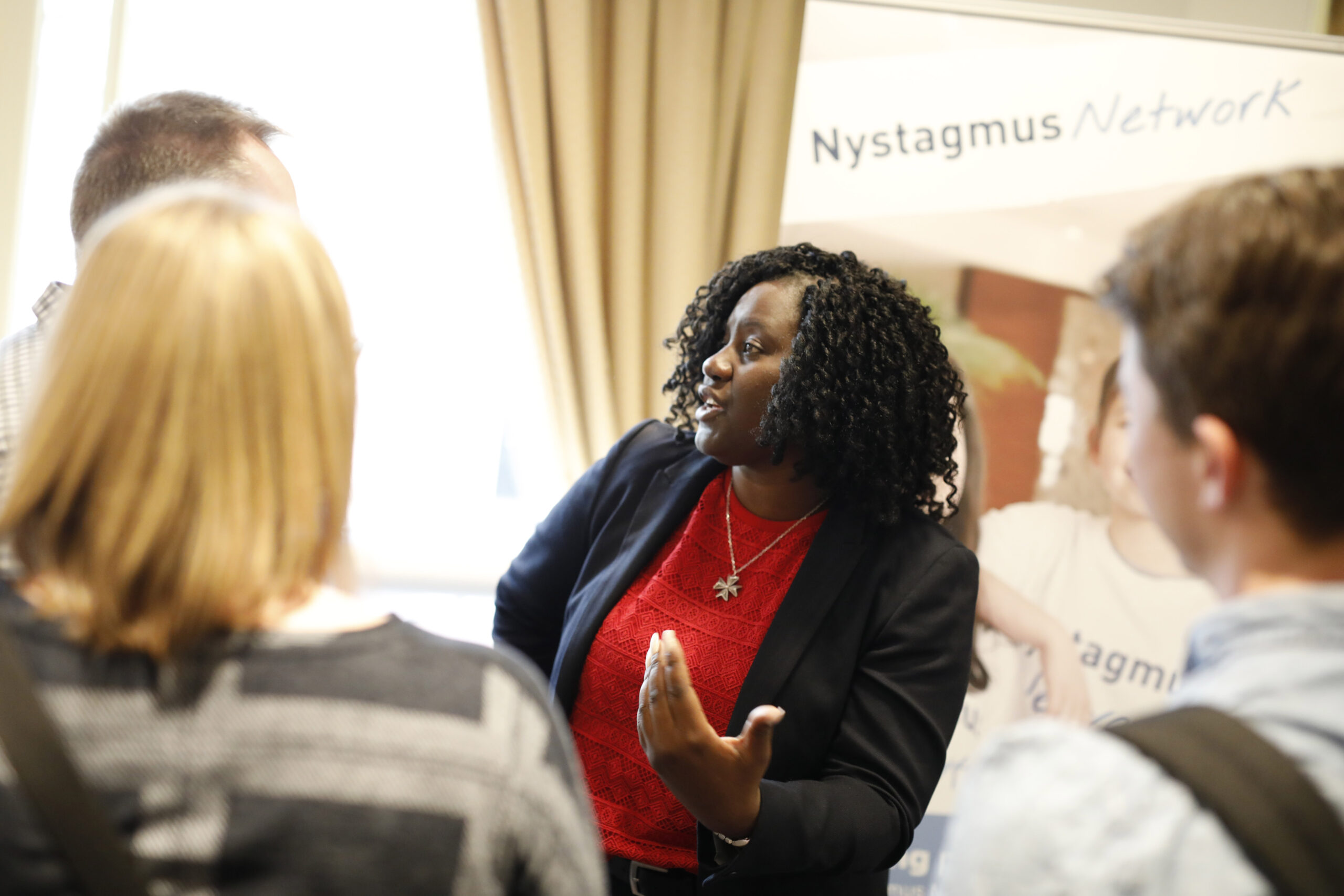
Thank you to everyone who joined us for the Nystagmus Network February Forum for Adults living with Congenital Nystagmus.
ECLOs
Ian, our Information Support Officer made sure that everyone knew what an ECLO (Eye Care Liaison Officer) is, how they can help support you and where to find them. Please contact Ian at [email protected] if you need help finding your ECLO.
The Nystagmus Care Pathway
Thank you for sharing your thoughts on the Nystagmus Care Pathway. These have been passed to Jay Self and the NUKE (Nystagmus UK Eye research group). We hope that the guidelines will be endorsed and published, through the Nystagmus Network website and elsewhere, very soon.
CBS
There was some discussion of Charles Bonnet Syndrome, where people with limited or failing sight experience hallucinations as their brain appears to be trying to make up for the lack of clear images coming in through the eyes. Some people with nystagmus, especially if they also have other eye or neurolical conditions, experience CBS. Talking about the ‘visions’ openly and rationalising them can help alleviate the symptoms. Please see Esme’s Umbrella for more information and support.
Laser surgery and ICLS
The Nystagmus Network does not recommend the use of laser surgery to correct refractive errors (short sight) in people with nystagmus from non NHS providers.
We are aware of a case where a patient with nystagmus has successfully undergone intracorneal lens (ICL) implantation in New Zealand but understand that this treatment remains at the trial stage and is not widely available.
Gmail group
Those attending were offered the chance to join a Gmail group for adults living with congenital nystagmus so they can keep in touch with each other more easily by email between zoom calls. The charity will also contact them via this group to invite you to future meet ups and keep you posted on nystagmus news and updates.
Please do join the Nystagmus Network Facebook group for adults. It’s there for you to help you connect with others.

It was so wonderful to see and hear people exchanging experiences and tips on Tuesday evening, 26 January (morning for those who joined us from New Zealand!).
Here are just a few notes from our discussions.
Jigsaws online
There are lots of websites offering jigsaws to do onscreen. I tried TheJigsawPuzzles.com.You can change the background and make the image bigger, but obviously you are better placed than I am to road test whether it is fully accessible for you.
Colour by numbers online
One of our members recommended Happy Colour. You can find this on the Apple app store or on Google Play.
Audio description for TV
There’s an article on the RNIB website about getting audio description on TV.
Tinted glasses – yellow, brown or grey?
Following a little internet research on coloured lenses for glasses, it seems that yellow tinted glasses, whilst reducing glare, can actually reduce visual acuity and 3D vision, so probably not ideal for people with nystagmus. They seem to be promoted to aid night driving! The difference between grey and brown lens tints seems to be that there is less colour distortion with grey. It’s definitely best to seek professional advice from an optician.
Blue light glasses
Lenses to counter blue light from screens are widely available. I found this article by Specsavers. It includes this quote from The College of Optometrists: ‘The best scientific evidence currently available does not support the use of blue-blocking spectacle lenses in the general population to improve visual performance, alleviate the symptoms of eye fatigue or visual discomfort, improve sleep quality or conserve macula health.’
Visual Crowding
You can read a recent blog post here from the Nystagmus Network about Vijay Taylor’s recent research into the nystagmus related phenomenon of visual crowding (the challenge of picking out a single object or face). The post contains a link to the online publication of Vijay’s PhD paper.
Enlarging your cursor
There’s an article on Ability Net taking you through steps to enlarge your mouse on Windows 10. Apple have a similar item on their website on enlarging the cursor on a MAC.
Navigation
The apps mentioned to help with finding your way around on foot are Soundscape and Where’s the Path. Find them in the app store.
Looking after yourself
There are some excellent tips on staying safe and protecting your mental health and wellbeing on the Retina UK website.
Keeping Active
Whilst we remain locked down and the weather is cold, there are some great tips for indoor exercises and activities on the NHS website.
Staying connected – our Group Gmail
The Nystagmus Network offers forum members the chance to join a Gmail group for people with CN so they can keep in touch with each other more easily by email between zoom calls.
Facebook Group
Finally, please do join the Nystagmus Network Facebook group for adults living with CN. It’s there for you to help you connect with others.
If you would like to receive an invitation to the next forum, please contact us.
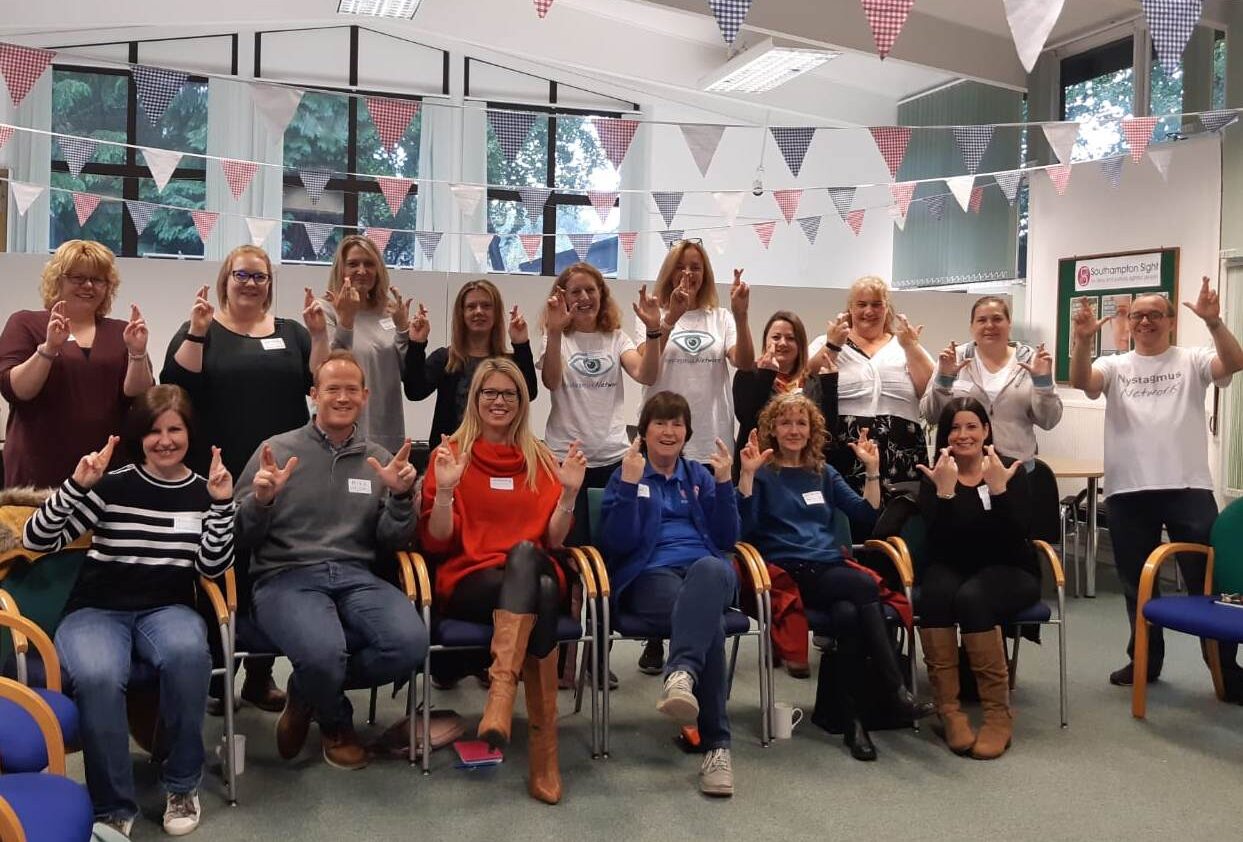
As part of the Nystagmus Network virtual Open Day 2020 we will be hosting a series of zoom chats on Saturday 3 October.
There will be a virtual parents’ forum at 2pm. Share experiences, make new friends. This session will be led by Marie Travers, herself the parent of a child with nystagmus.
There will be a virtual adults’ forum for people living with congenital nystagmus at 3pm. Meet others, make new friends, share experiences. This session will be led by Daniel Williams, an expert in accessible employment who himself lives with sight loss.
Professor Chris Harris from the Royal Eye Infirmary, Plymouth will be answering your questions on Acquired Nystagmus and Oscillopsia at the virtual adults’ forum for people living with acquired nystagmus at 4pm.
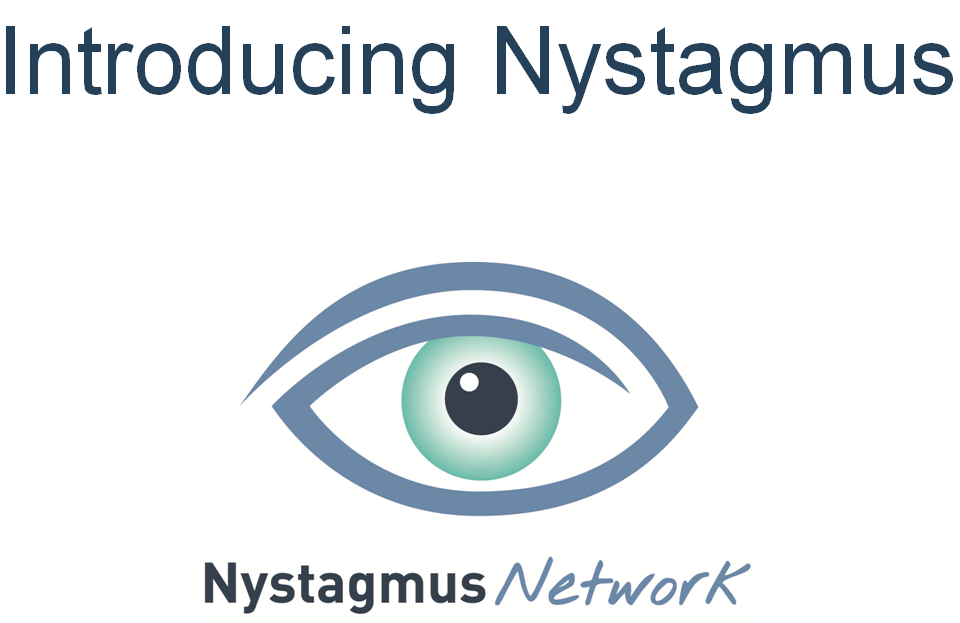
The Nystagmus Network works tirelessly to raise awareness of nystagmus, not only on Nystagmus Awareness Day but throughout the year.
Why raise awareness?
We firmly believe that the more people who know about nystagmus and understand its effects, the better life will be for the adults and children affected by the condition.
New for 2019
We’ve revised and updated two free to download PowerPoint presentations.
Introducing Nystagmus or Wobbly Eyes
This presentation is aimed at children in school or pre-school and explains how congenital nystagmus affects young children. Click the link to download Introducing Nystagmus or Wobbly Eyes
Introducing Nystagmus
This presentation is designed to be shown on a screen in reception at a workplace, in clinic or in a hospital waiting room and explains both congenital and acquired nystagmus and how these 2 conditions affect children and adults. Click the link to download Introducing Nystagmus
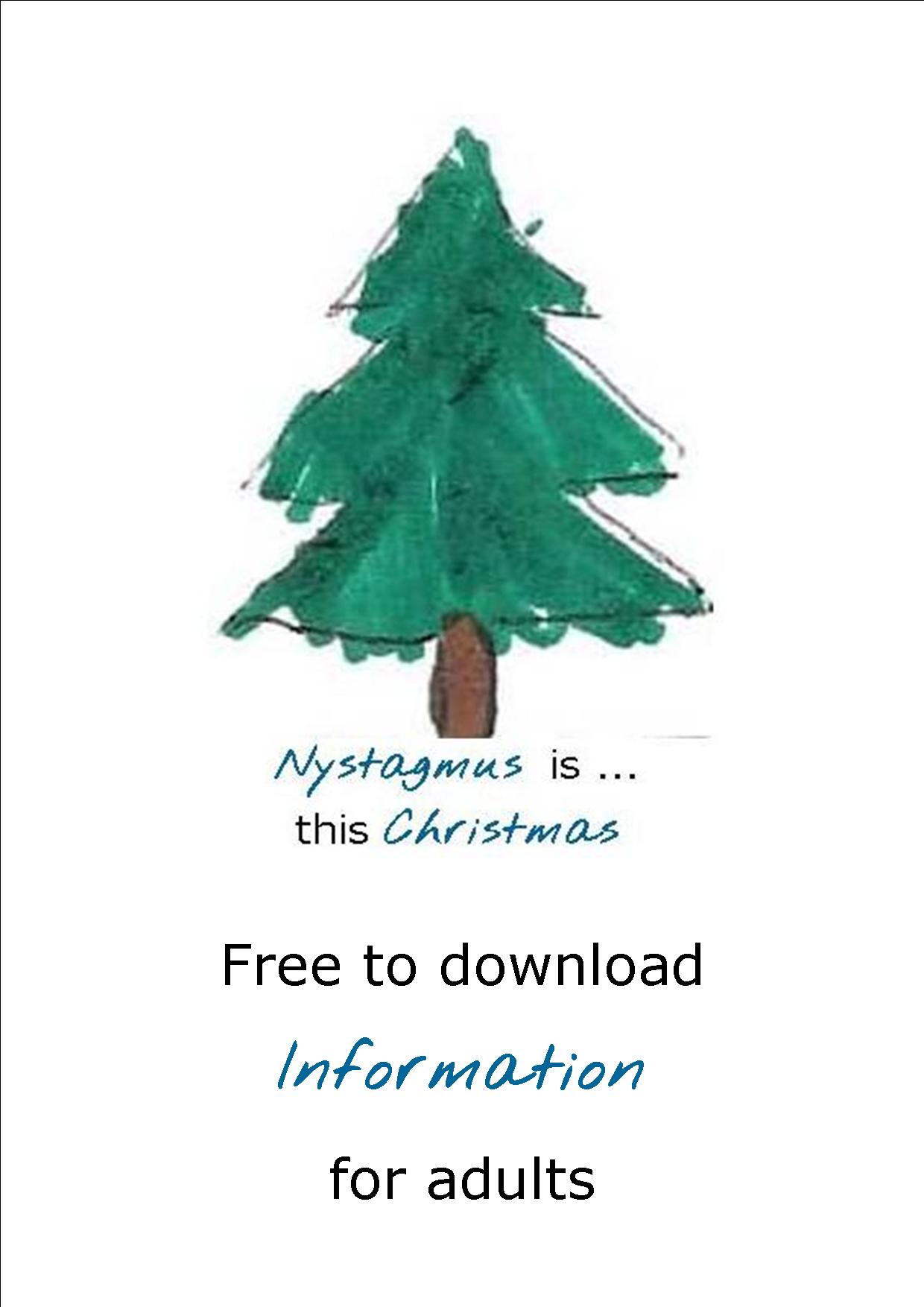
Whether you’ve had nystagmus all your life or have acquired it more recently, the Nystagmus Network is here to support adults with the condition, with information, research updates, news, meetings, membership and more.
Or why not get involved with one of our fundraising activities?
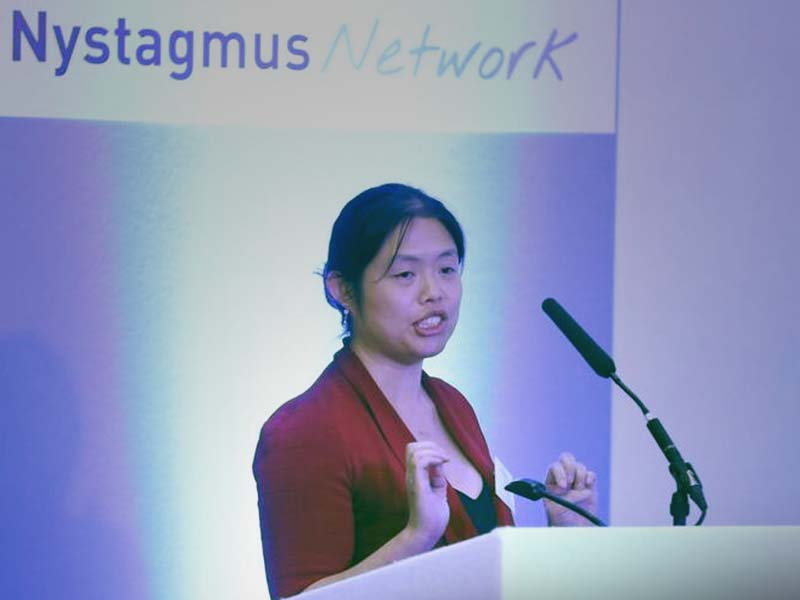
A report by John Sanders who, at different times, has been a Nystagmus Network trustee, as well as an employee and continues to be a member of the charity.
The other day I went to a talk entitled “My wobbles through the world of nystagmus” by Southampton based ophthalmologist, Helena Lee. This was part of Cardiff University’s School of Optometry and Vision Sciences’ “Cornea to Cortex” series of lectures.
Helena’s key message was: “We are making progress in understanding nystagmus, but it’s not easy.” For instance, Helena has done ground-breaking research into the use of OCT (Optical Coherence Tomography) scans as a diagnostic tool for nystagmus. Her research has been published and its findings are now pretty much accepted, but only after numerous rejections.
It’s largely thanks to Helena’s persistence (supported by colleagues in Leicester and Southampton) that OCT is now available for some children with early onset nystagmus (aka congenital nystagmus). Six years ago no-one even knew whether or not you could use an OCT scanner on an infant with moving eyes.
Some of the obstacles to answering that question were pretty basic. It was only through trial and error that Helena learned how to get one year olds to sit still long enough to scan their eyes. Making sure they’re fed and having the right cuddly toys to hand helps greatly.
Next, when you have the scans, how do you know what a normal infant retina looks like? And how might it differ in a child with nystagmus, achromatopsia or albinism? No-one knew the answer to those questions either. So Helena and her colleagues had to create a database of OCT scans from hundreds of children. Some had conditions like nystagmus, while others had no eye conditions.
Visible benefits
Thanks to that project, OCT scans are now providing benefits for families affected by nystagmus. The scans help provide a faster, more accurate diagnosis of nystagmus and its possible underlying causes. If you know the likely underlying cause, it often means you can give the family a better idea of how a child’s vision will be affected by nystagmus when they grow up.
In the longer term, early diagnosis may even lead to early intervention and treatment, which could in turn mean better vision. Note to adults (including me): the emphasis is on the word early. Helena’s work suggests there may be a window of opportunity in infancy to intervene before the eyes fully develop. Miss that opportunity and it’s much less clear whether treatment may be possible in adults.
As for the nature of treatment, at the moment it looks possible that it may be gene based. That’s one of the areas where Helena expects to see progress in the coming years. For now, though, the reality is that even OCT as a diagnostic tool for nystagmus in children is available in only a handful of UK hospitals. On top of that, getting research funded is not easy.
Lots more questions
Helena applied for and was turned down 11 times for funding for a project to look at a possible treatment to improve vision in infants with albinism. She reckons that’s more rejections than J K Rowling had with the first “Harry Potter” book. Finally, Helena struck lucky with an MRC (Medical Research Council) grant, but admits she was tempted more than once to give up her dream of pursuing research.
And we do need more research, because there are so many unanswered questions about nystagmus. For instance, does nystagmus cause the abnormalities in the eye picked up by OCT scans? Or do those abnormalities cause nystagmus? Initial signs are that the answer is likely to be complex and involve both the eye and the vision system in the brain.
One final thought that some may find surprising. Even if early intervention and treatment does become possible, current evidence suggests that simply stopping nystagmus in infancy won’t necessarily lead to normal vision. Hopefully it will lead to better vision than no intervention at all, but at the moment we can’t even be sure of that.
John Sanders
March 2018